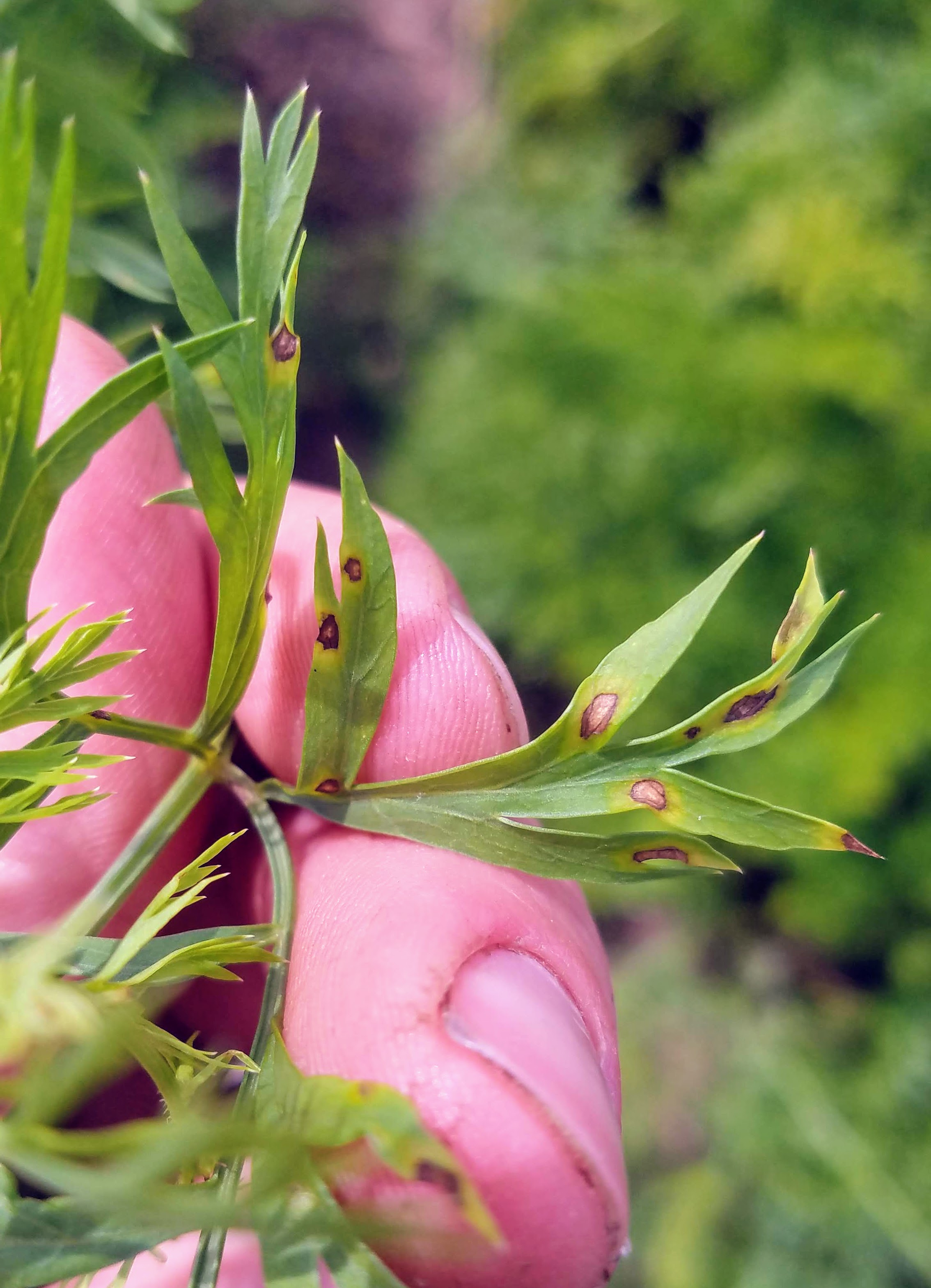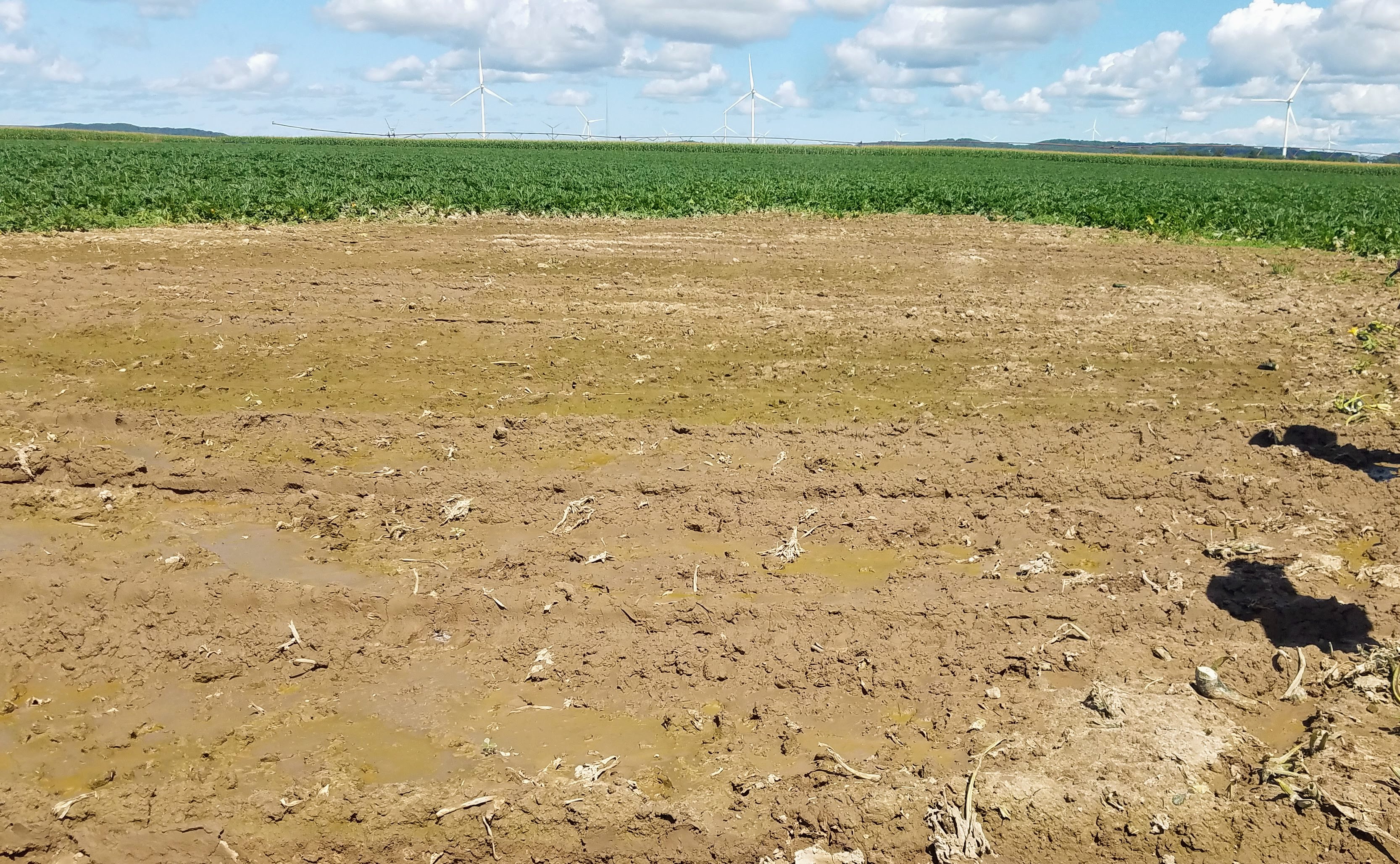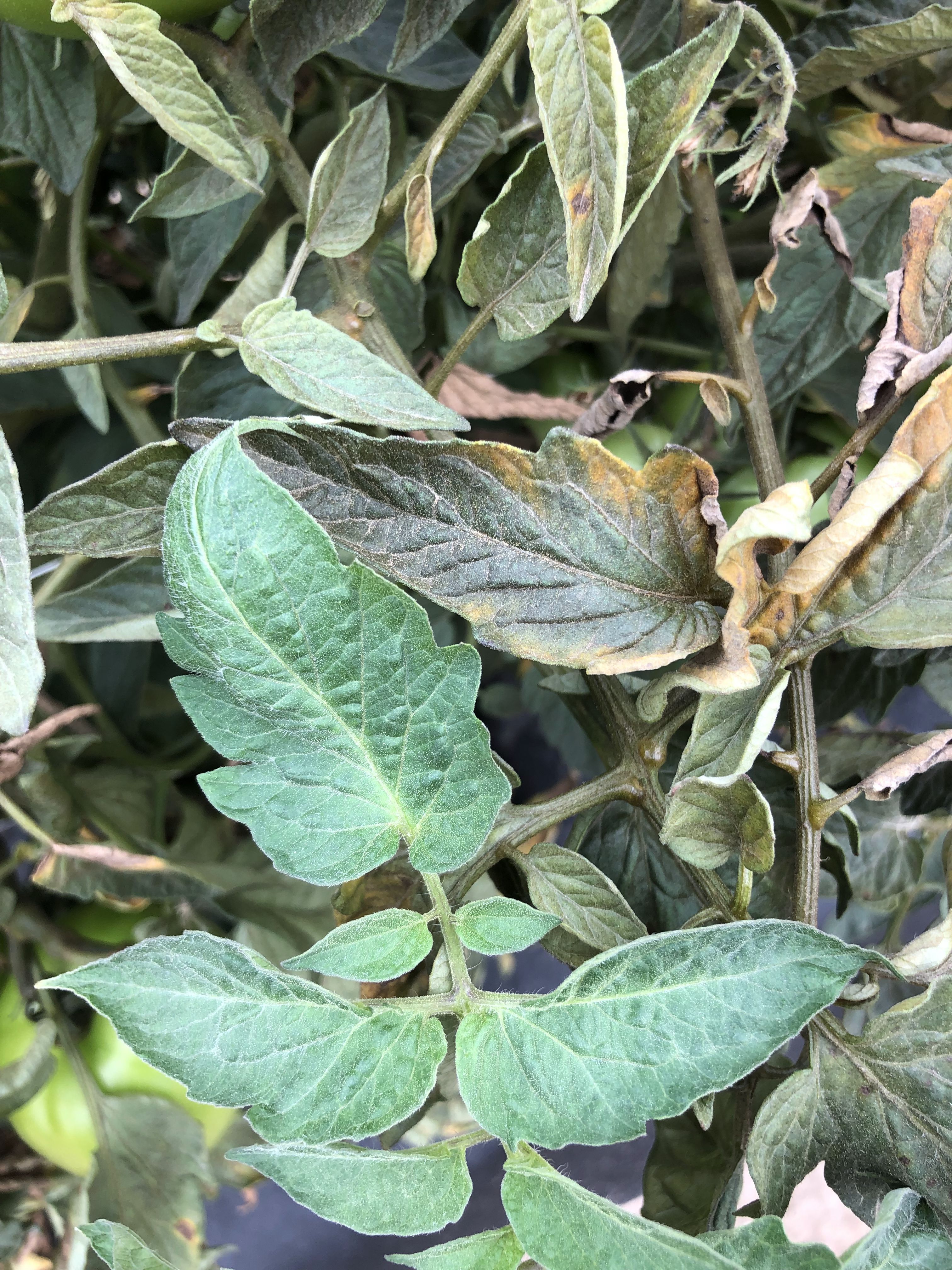West central Michigan vegetable update – Aug. 28, 2019
Keep an eye out for pests and diseases as we approach the finish line for 2019.

Weather
Highs are forecast to be in the upper 60s to 70s with lows ranging from the low 50s to 60s for Aug. 28-Sept. 4, 2019.
For the next seven days ending Sept. 4, rainfall totals of 0.1-0.5 inch are expected for most of the lakeshore, with higher totals of 0.5-1 inch predicted for southwest Michigan. The highest chances of rain are forecast for late Thursday with another chance Saturday.
The outlooks for Sept. 2-10 call for below-normal temperatures (33-50% chance) and above-normal rainfall (33-50% chance).
Crop updates
Asparagus rust has been present this year at higher than normal levels. Remember that the TomCast forecasting system has been validated for purple spot, which sporulates during periods of extended leaf wetness and high temperatures. The rust pathogen may sporulate under different conditions, and TomCast has not been validated for it. In a field I visited last week, there were both uredospore and teleospore lesions. Uredospore lesions are the repeating stage that cause outbreaks. The black teleospore lesions initiate the overwintering stage of this fungus. Tebuconazole remains the best rust product; chlorothalonil and mancozeb have limited activity.
Regarding purple spot, consider that in recent years some growers have been applying an additional fungicide cover in mid-September after the traditional Labor Day end date, given the trend towards warmer falls.
Asparagus beetle adults that develop this fall will overwinter to colonize asparagus fields next spring during harvest. Consider making a later than normal application of a product such as Sevin XLR if beetles are active in your field now; some growers with problem populations have done this with the goal of reducing issues the following spring.

Carrots had potential Cercospora lesions at one field I visited last week. Cercospora can be found on both new and old foliage (Alternaria typically starts on lower leaves first). Cercospora lesions are more circular than for Alternaria with a light center and can occur in the middle of leaves. Alternaria tends to “follow the curve” of leaf edges. Both can cause petiole lesions. Luna Tranquility and Merivon are good fungicides to use if weather is favorable for these diseases.
Celery growers have been applying insecticides for aphids. Products to consider are:
- Actara: Three applications allowed at high rate, seven-day preharvest interval.
- Movento: Two applications allowed at high rate, three-day preharvest interval. Apply with a penetrating surfactant.
Of these, Movento was the best product in Michigan State University trials.
Cucurbit downy mildew has been detected in seven Michigan counties including Allegan, Muskegon and Kalamazoo. Cucumber, cantaloupe and watermelon growers need to apply downy mildew fungicides on a seven-day schedule. Good materials to rotate are:
- Ranman + chlorothalonil or mancozeb
- Orondis Opti (chlorothalonil is part of the premix)
- Elumin + chlorothalonil or mancozeb
- Zampro + chlortothalonil or mancozeb
Powdery mildew colonies continued to increase this week in two pumpkin fields I’ve been visiting.

Phytophthora capsici continues to cause issues in cucurbits. Besides fungicides, a key management strategy is to disk under heavily infested areas along with a firewall of asymptomatic plants. I have visited multiple fields recently where plants within 10-20 feet of symptomatic areas looked healthy from a distance, but had sporulating fruit on closer inspection. Only disking areas where plants are dead or dying may miss plants that are asymptomatic but will later produce spores. In addition to promoting spread, this can create a situation where harvest crews pick up infected squash that look OK but rot after harvest. After harvest is over, promptly disking under infested fields is also important; leaving sporulating fruit in the field after harvest will build up inoculum, making things worse for future years.
Cucurbit scouts should check winter squash, watermelon and pumpkins for cucumber beetles and squash bugs. At this point in the season, fruit feeding can be a concern. Squash bug eggs and nymphs continued to be present at one pumpkin field I’ve been visiting, with nymphs present on the fruit and increased cucumber beetle numbers; there is a late summer generation. Pyrethroids can provide control.
Onion harvest has been ongoing. Markets for early onions were reportedly favorable early on.

For potatoes and tomatoes, there have not been any reports of late blight in Michigan, but it has been detected in multiple Wisconsin counties. All Wisconsin isolates to date have been Ridomil-sensitive. For tomatoes, tomato russet mite was causing bronzing of leaves in an MSU trial location. Mites are tiny and not visible to the naked eye. Agri-Mek (seven-day PHI), Movento (one-day preharvest interval), Oberon (one-day preharvest interval) and Portal (one-day preharvest interval) are miticides labeled for control. Wettable sulfur may also be used, but can cause phytotoxicity if applied when it is very warm or dewy.
For sweet corn, earworm pheromone trap captures were low at one Oceana County location I have been monitoring. Insect Forecast is predicting a low risk of migration this week. In this situation, maintaining a baseline insecticide program on silking corn could still be important as there are other fall caterpillars that can cause issues in addition to earworm.
Other articles of interest
- Vegetable yield and revenue outlook may trigger disaster assistance or insurance claims this year
- Insurance options for vegetable growers



 Print
Print Email
Email

